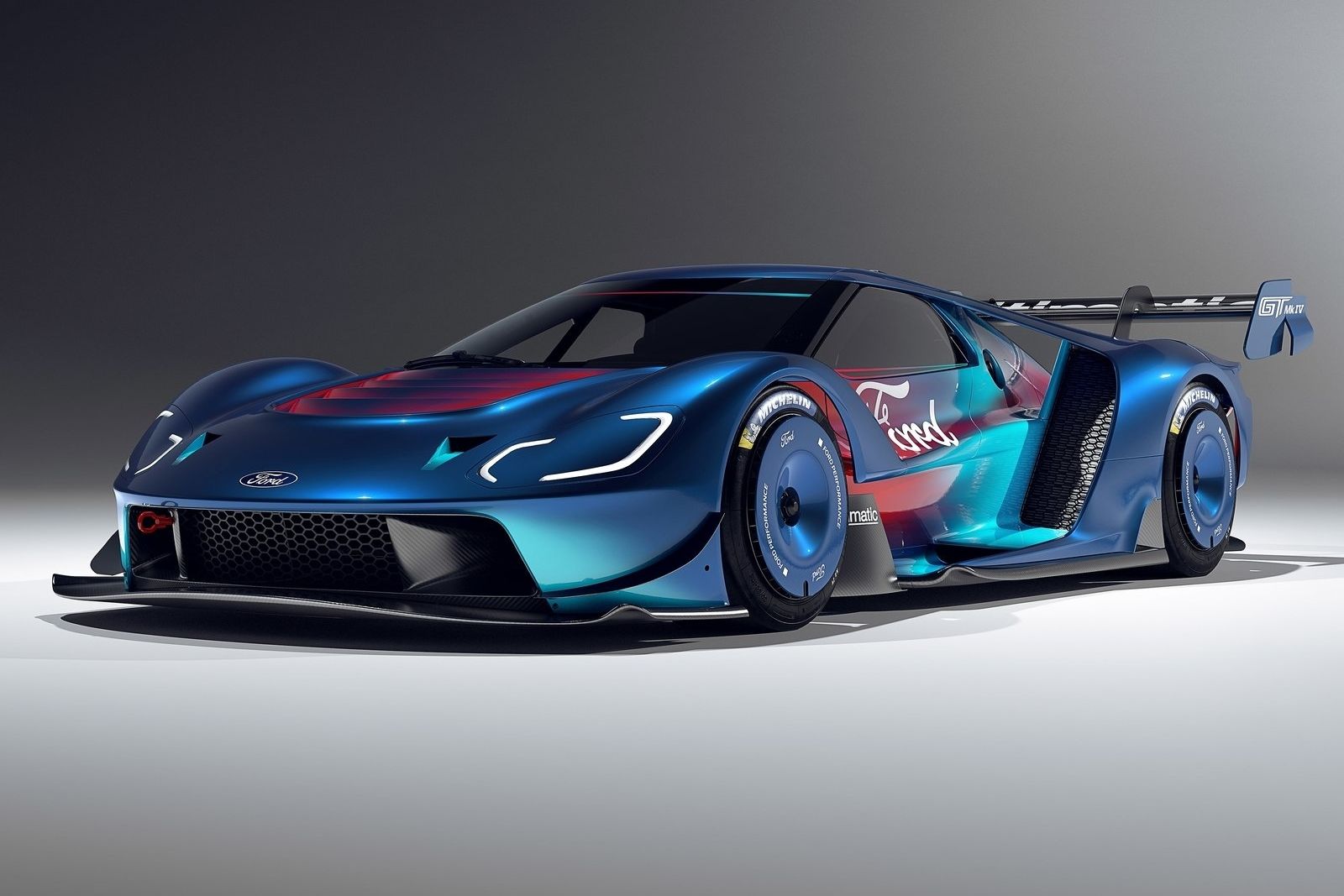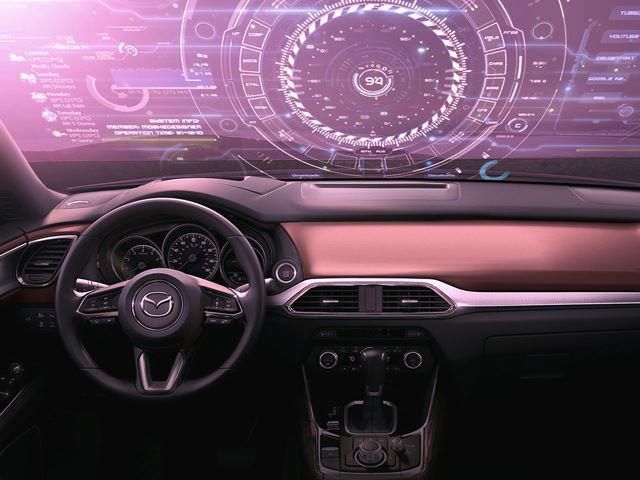
As big as companies like Facebook and Google sound, in the end the two only exist because they are held hostage to advertisers. Now, Automotive News is reporting that we may soon live in a world where our quickly diminishing spaces of sanctity, the cockpit of our cars, could be sold off to advertisers looking to lure us to their rest stop on the side of the road instead of the other guy's. At CES in Las Vegas, AN caught up with some of the companies behind this push.
What it gathered was that the windshield of the car is a region of frequently seen space that advertisers are trying to conquer. The idea is that when on road trips, people are in need of things like food fuel, or rest. Many modern cars already feature head up displays that display speed and other relevant data. But the idea is to use similar displays based on the type of glass used on iPhones (which is optimal for projecting data onto) and built by Cornering Inc. to display advertisements for, say, a nearby gas station when the fuel light comes on. These sorts of things may become more prevalent as cars are increasingly being pushed into becoming connected devices.
Apps like Waze already do this taking into account GPS data and information on nearby stores and restaurants, but the idea would be to merge the technology with the head up display. Billions of dollars in revenue are locked away in the car windshield's ability to captivate the attention of the people behind it, but the question remains, do people, A: even want these systems placed inside their cars, and B: think they can handle yet another distraction behind the wheel? That discussion will likely be played out as the technology is developed and rolls out, which could be in as soon as two years from now. At that point, regulators, drivers, automakers, and advertisers will have to ask these important questions.
We think the idea is questionable, after all nobody likes to see advertisements they don't ask for, but the only reason Google and Facebook can get away with it is because nobody pays any money to use these services. The premise is that one will deal with the ads in order to use the sites for free, and using this logic, ride share services seem to be the most obvious way advertisers could enter the space inside our cars. So the question remains, would you take a free Uber if it meant you had to interact with an advertisement during the ride? Worst comes to worst, just cross your fingers that Volkswagen's windshield-free concept cones to market so we can avoid the problem altogether.

